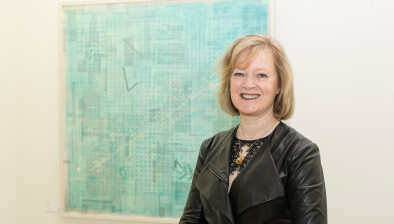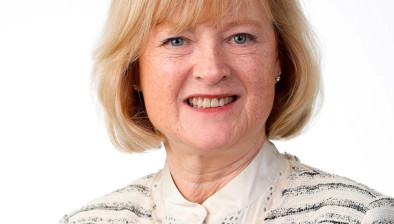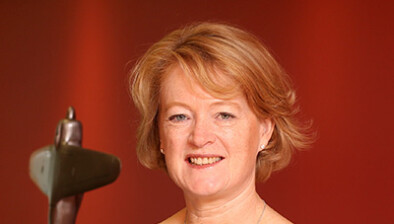Mason Hayes & Curran: Modest diversity gains in Irish aviation sector

Christine O'Donovan
Ireland’s aviation sector has made modest gains in leadership diversity, though inclusion and career progression challenges persist, according to Mason Hayes & Curran.
The business law firm today published the findings of its 10th annual Gender & Diversity in Aviation survey.
Almost a quarter (24 per cent) of companies now report more than 30 per cent diversity representation in their C-suite. Board-level diversity has also improved, rising from 10 per cent to 19 per cent.
Both measures had fallen steadily between 2021 and 2023. When the survey began in 2016, women held only 11 per cent of leadership positions across the sector.
However, these senior-level gains have not extended through the pipeline.
While nearly three-quarters (72 per cent) of organisations reported internal promotions, only two in 10 (20 per cent) said men and women were promoted in equal numbers.
That figure stood at 31 per cent last year and peaked at 35 per cent in 2019.
Christine O’Donovan, aviation partner at Mason Hayes & Curran, said: “After a decade of measurement, we can see progress towards significant gender and diversity representation at senior levels across the industry. However, it has not yet reached the wider workforce.
“The pipeline remains under pressure and without stronger internal structures, gains at the top will not hold. Real progress depends on open promotion practices, clear accountability for progress and leadership that builds inclusion into every level of decision-making.”
The sector is split on the role of regulation in driving diversity. Exactly half of respondents (50 per cent) are in favour of new legal measures to accelerate progress, with the other half opposed.
Four in 10 respondents (40 per cent) believe the term ‘diversity, equity and inclusion’ (DEI) should be rebranded to reflect shifting organisational priorities.
The findings reflect a wider global divide. Across the UK and US, regulators and corporations are scaling back or rebranding DEI initiatives. In contrast, new EU rules are enhancing diversity obligations.
The Gender Balance on Boards Regulations, introduced in May 2025, set a 40 per cent target for board representation by mid-2026. The Pay Transparency Directive, due next year, will require employers to include pay ranges in job advertisements.
The gender pay gap reporting net expanded in 2025. Over a third (34 per cent) of organisations now conduct pay gap analysis, up from 18 per cent last year. Among those reporting, 28 per cent saw improvement, 62 per cent saw no change and 10 per cent highlighted a widening gap.
In Ireland’s aviation sector, formal diversity frameworks continue to lose ground. One third (33 per cent) of organisations have a DEI committee, down from 38 per cent in 2024 and 51 per cent in 2021. A further seven per cent have reduced or ended DEI training programmes in the past year, and five per cent have rebranded them.
Despite this, 63 per cent of companies without a committee believe they would benefit from one.
Ms O’Donovan said: “The need for inclusivity has not changed, despite varying levels of support for gender and diversity programs globally.
“Companies that maintain focus on transparency, clear career pathways and structured support for minority groups will be better positioned to attract and retain talent.
“The gap between awareness and action poses the most critical challenge. The majority of organisations recognise the value of diversity structures, yet struggle to sustain them when resources tighten or priorities shift.”
Workplace culture ratings have remained stable over the 10 years of the survey. Half (49 per cent) of respondents rate their organisation’s culture as good for supporting diversity, with nine per cent saying excellent. However, 41 per cent rated it fair (21 per cent) or poor (20 per cent).
Work-life balance remains the single biggest barrier to career progression, cited by four in 10 respondents (41 per cent). That figure has held steady for nearly a decade, indicating persistent structural challenges.
Support for employees returning from extended leave remains limited. Just 41 per cent of organisations offer structured programmes, unchanged since the question was first asked in 2021.
“The aviation sector has made important progress over the 10 years of our survey — but lasting change will depend on persistent and consistent attention,” Ms O’Donovan said.
“By keeping the focus on practical and supportive DEI measures, the industry can continue to move forward and deliver meaningful results for its people and its future.”









